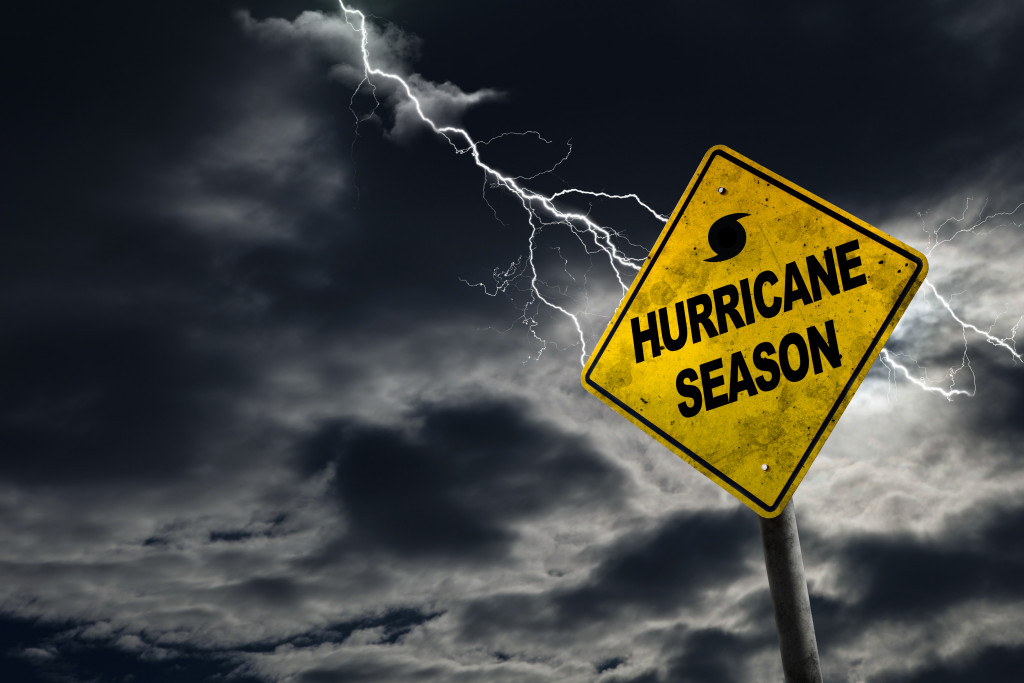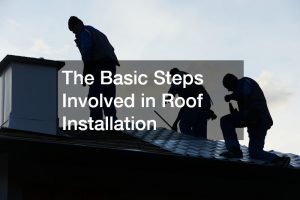The Philippines is often at risk of storms, landslides, wildfires, earthquakes, and the like, especially because of the limited resources our local governments often have and the fact that we are situated right in the ring of fire. That can put a damper on all the beautiful sights we have and perfectly situated homes we want to bring our families up in. In fact, that may likely be on your mind now as there continues to be pre-selling house and lot deals available that cater to those seeking starter homes. With the devastation caused by Typhoon Rolly over Southern Luzon in 2020, surely you want to find a way to keep your home as safe as it can be from destructive natural disasters like this.
Here are some ways you can prep your home up to keep your family safe and your property intact.
- Put caulk around doors, windows, and cracks.
Caulk is waterproof material you can use to make sure that your home doesn’t get water leaking in as much as possible. This is perfect for flood-prone areas as it’s a good initial measure to prevent rainwater from seeping in from either the streets or through the windows. Caulking small cracks in your walls is also a good idea to make sure your foundations are more secure, and you don’t get some insects burrowing through.
Caulk is not only preventative for water coming in, though, as it also helps with drafts. If you have a lot of air and the winds are strong outside, you’ll want to make sure that you are not getting the air leaked into the house as this could make it harder to keep the indoor areas safe from movement and such. It doesn’t hurt that this also helps with your energy efficiency.
- Install storm shutters.
Even if your windows are properly sealed, they are at risk of shattering for various reasons. Debris could hit them, the winds may be so strong that they can’t handle the pressure (especially if they are not necessarily made of tough glass), or an earthquake could shake them too much if they weren’t installed well. While the first step is to ensure that your windows are installed correctly and fit right into your walls, you may want to add some storm shutters.
This can be a saving grace for your windows during monsoon season, and you can choose between exterior or interior shutters. What you go with really depends on your preference, as each has various design options to match the aesthetic you want to achieve. Practically speaking, though, you’ll want the specific storm shutters to be installed externally. If you don’t like the look this gives, you can always remove them when the weather is safer. With good maintenance, these should be a great added layer of protection to the home.
- Consider home insurance.
Too many times does the Philippines have to suffer a natural disaster. Just in this year alone, one can look back onto the Taal debacle, and through the years, tons of earthquakes and typhoons have been the bane of Filipinos. NASA’s Earth Observatory has even noted that the country experiences 20 storms and typhoons per year, among the strongest of which in recent memory are Yolanda and Ferdie.
For this reason alone, it’s a good idea to have backup plans and safety measures put in place in case of the worst. Getting a comprehensive insurance plan for your home is an investment worth the money because of this high likelihood of disaster. This way, in case your home suffers any damages and losses because of fire, typhoons, earthquakes, and even more, you’ll have coverage that can help you recover, so you are not at a total zero. It also additionally likely covers robbery and other issues if you pick the right insurance provider.
- Make sure your roofing is good.
How many times have we seen roofs torn off in the news and on social media? If you don’t want to be a victim of this, suddenly seeing yourself looking up at the sky in your own home, make sure you don’t scrimp on the roofing. Make sure it’s made of good materials, a sound build, and no damages that could grow later on.
Then, if you anticipate strong winds or a storm, consider putting up a tarp if you can access the roof safely. Make sure it has good reinforcements and get rid of any built-up debris in general.
Of course, if things get really severe, the best option is to gather what you can and evacuate the premises as soon as possible. These tips should help you weather through these calamities if the conditions still allow you to stay home and so that, if you have to leave, you’ll still have a place to go back to after the calm.







